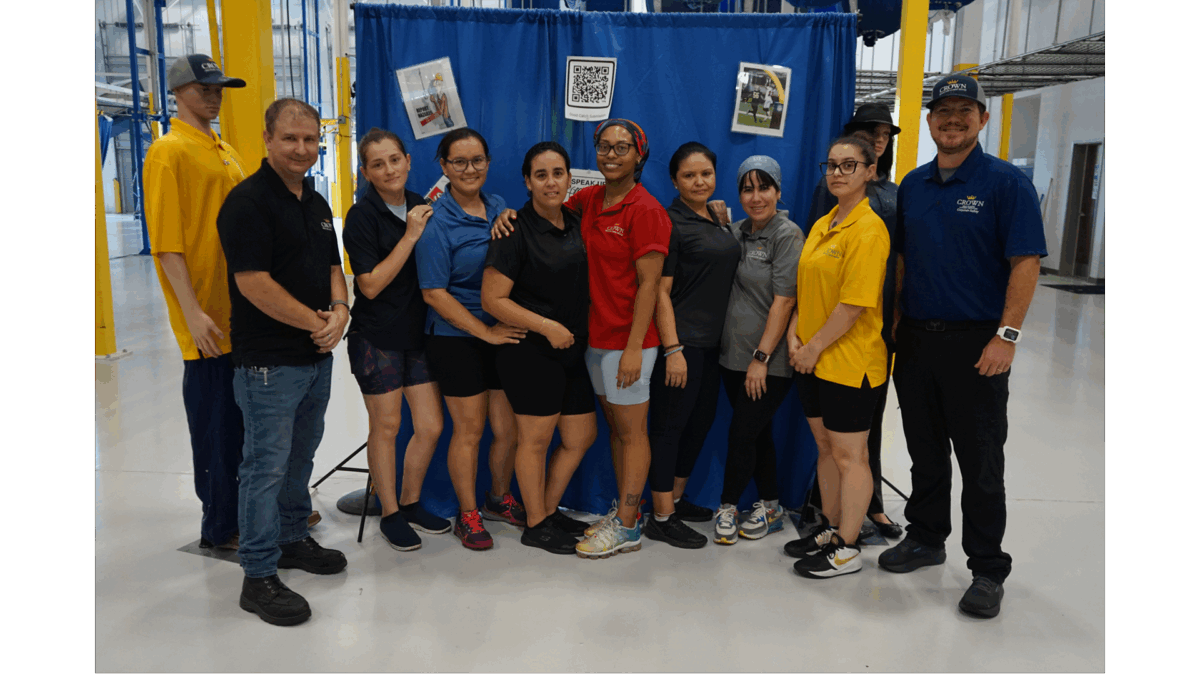Keeping employees safe is a key concern for every linen, uniform and facility services operator. However, the tactics that companies use to advance this goal vary significantly. In March’s Textile Services magazine, we highlight the safety practices that several companies pursue in areas including ergonomics, fire-prevention and plant security.
Chris Kientzel, safety and production specialist for Alsco Uniforms, St. Louis, offered several useful tips for preventing strained joints and other ergonomic injuries as part of the article titled “Incident Prevention – Tactical Responses for Ensuring Safety & Compliance” (pg. 24).
While there is no federal standard for ergonomic compliance, the Occupational Safety and Health Administration (OSHA) can cite operators under the “general duty” clause of the Occupational Safety and Health Act that requires employers to ensure workplace safety. States such as California also have developed their own ergonomic standards in The Golden State. Kientzel says Alsco Uniforms responded by adopting ergonomic safety measures under the banner of the 5S, system, a Japanese workplace-management program. Roughly translated, 5S stands for “Sort, Set in Order, Shine, Standardize and Sustain.”
For the wash floor and finishing area, Kientzel suggests tackling common ergonomic hazards. Broadly speaking, these include instances of physical stress and strain risks on staff from excessive pushing, pulling and reaching for goods in the course of their jobs. While applying the 5S principles of straightening, cleaning and organizing a work area, taking the steps noted below can help reduce back, shoulder and other injuries in the washroom.
- Use slings and trolleys to present soil product for loading.
- Make sure the rails are in a position directly above the machine opening. This will minimize the effort required to drop the contents into the machine.
- Provide carts with slings that will receive the clean product comfortably with minimal manipulation by operators.
On the finishing side, Kientzel suggests a similar “5S” approach through the use of antifatigue mats to help employees who stand for long periods and using feed carts with spring-loaded bottoms to reduce bending and reaching.
In terms of fire prevention, Israel Cartagena, fleet and utility team leader for the Roscoe Co, Chicago, recommends the use of heat-sensing equipment (rough cost of $10-$100 or more per unit) to help scope out fire hazards before an emergency develops. The Roscoe Co. recently had an infrared thermographic survey done on all electrical systems in the plant as a precautionary measure. The surveys are recommended once every three years.
Electrical hazards pose one source of fire risks in a plant. Another is spontaneous combustion of soiled goods or clean textiles that staff remove from dryers before they’ve cooled sufficiently. To help manage this risk, Michelle McNeil, director of safety for the Healthcare Linen Services Group (HLSG), St. Charles, IL, recommends avoiding any delays in processing soiled goods that arrive in carts from customers. “The key there is you can’t leave it overnight,” she says. “You have to wash it, dry it, fold it. You can’t let it sit. That’s how we handle that stuff.”
On the issue of ensuring plant security, Dan Getter, manager of safety operations for UniFirst Corp., Wilmington, MA, recommends a three-part plan to protect people and property. “There are three elements, and those things really carry over to any situation: ‘lighting, locks and landscapes,’” he says. “Make sure you have adequate operational lighting in all areas where employees and visitors are coming to or leaving the plant.” This includes parking lots where fleet or private vehicles are parked. LED lighting offers an efficient and environmentally friendly option, he says. “Second, make sure all locks – including those on fleet vehicles – are in good working order. Third, make sure that landscapes around the facility aren’t arranged in ways that could shelter intruders.”
For more on safety tactics from various companies, click here to review the full article. Click here for subscription information on Textile Services.
Sign Up For Our Newsletter
Receive the latest updates on the linen, uniform and facility services industry from TRSA delivered straight to your inbox.








